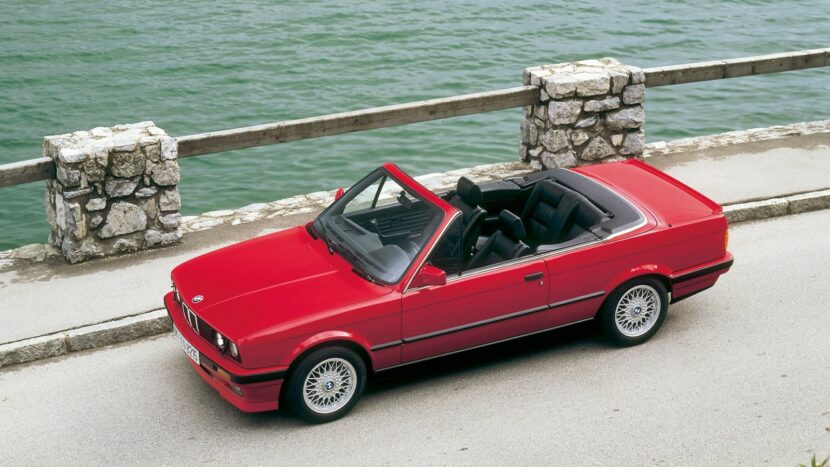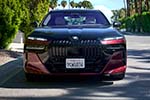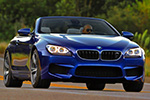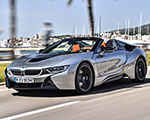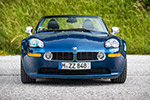For years, BMW resisted the idea of a station wagon. The company had built its reputation on sporty sedans and coupes, believing that wagons were too utilitarian and out of sync with the brand’s image. But in the mid-1980s, one man changed that—not through corporate strategy or market research, but by building one himself.
That man was Max Reisböck, a BMW prototype engineer who, in 1984, found himself in need of a bigger car. With a growing family and two young children, his beloved E30 3 Series sedan no longer had the space for family vacations. He needed something more practical but refused to sacrifice the driving dynamics that made a BMW a BMW. The problem was that BMW had no plans to make a Touring model. So, Reisböck decided to take matters into his own hands.
A Problem That Needed Solving
At the time, BMW’s 3 Series lineup consisted of two- and four-door sedans, coupes, and convertibles. There was no station wagon, and executives saw no reason to build one. But Reisböck, thinking ahead to long road trips packed with bicycles, tricycles, and luggage, knew he needed a car that didn’t exist.
His solution? Build one himself.
Without any official backing, he bought a wrecked E30 323i sedan and moved it into a friend’s garage. He had no blueprints and no factory support—just his engineering expertise and an idea in his head. Over the next six months, he meticulously transformed the sedan into a wagon, moving the C-pillars back to extend the roofline and fabricating a rear hatch using existing BMW body panels. He trimmed the rear side windows from an E30 coupe to fit, ensuring the car looked as if it had been designed by BMW itself.
One of his biggest challenges was finding a suitable rear windscreen. Because regulations required certified glass, he couldn’t just fabricate one himself. After weeks of searching, he found that the Volkswagen Passat had a rear window that was the perfect fit, solving one of the final design hurdles.
By the time he finished, Reisböck had created a fully functional and factory-quality station wagon—one that looked so polished that even BMW engineers assumed it was an official prototype.
BMW Takes Notice
While Reisböck’s Touring was originally built for personal use, it quickly became the subject of interest at BMW headquarters. His contract strictly prohibited him from building unauthorized vehicles, so before putting it on the road, he decided to show it to BMW’s management.
Their reaction was immediate. Executives were stunned by how well-executed the car was. Word quickly spread, and the next morning, senior board members arrived to see the homemade Touring for themselves. Within hours, BMW made a decision: they were keeping the car.
Reisböck’s Touring was taken to BMW’s research and development department for further evaluation. What had started as a personal project was now an official BMW prototype—and it was about to change the company’s future.
From One-Off Project to Production Model
Recognizing the potential of Reisböck’s creation, BMW’s board moved quickly. With a full-scale working model already in front of them, development progressed much faster than a typical new model.
The production E30 3 Series Touring debuted in 1987, just three years after Reisböck completed his prototype. Surprisingly, BMW kept the design almost identical to his original car. The only significant modification was an extended tailgate that reached nearly to the rear bumper, making it easier to load and unload cargo.
When the 3 Series Touring finally hit the market, it proved that BMW had underestimated the demand for a sporty, premium station wagon. Over 104,000 units of the E30 Touring were built between 1987 and 1993, making it one of BMW’s most successful niche models of the era. While it was never officially sold in the United States, the E30 Touring became a favorite in Europe, influencing every BMW wagon that followed.
Reisböck continued working for BMW until 2008, leading the prototype engineering team responsible for every BMW, MINI, and Rolls-Royce before production.



